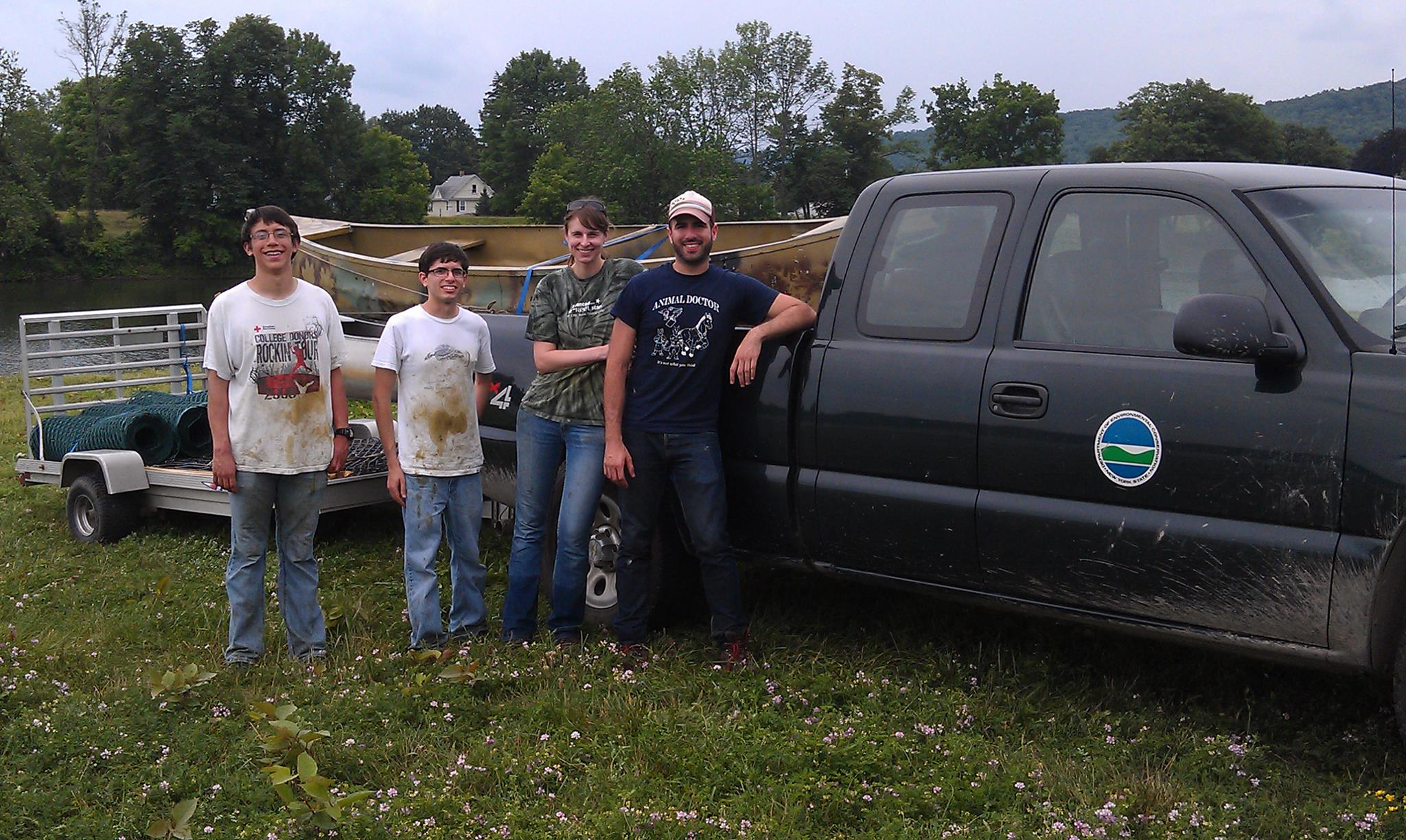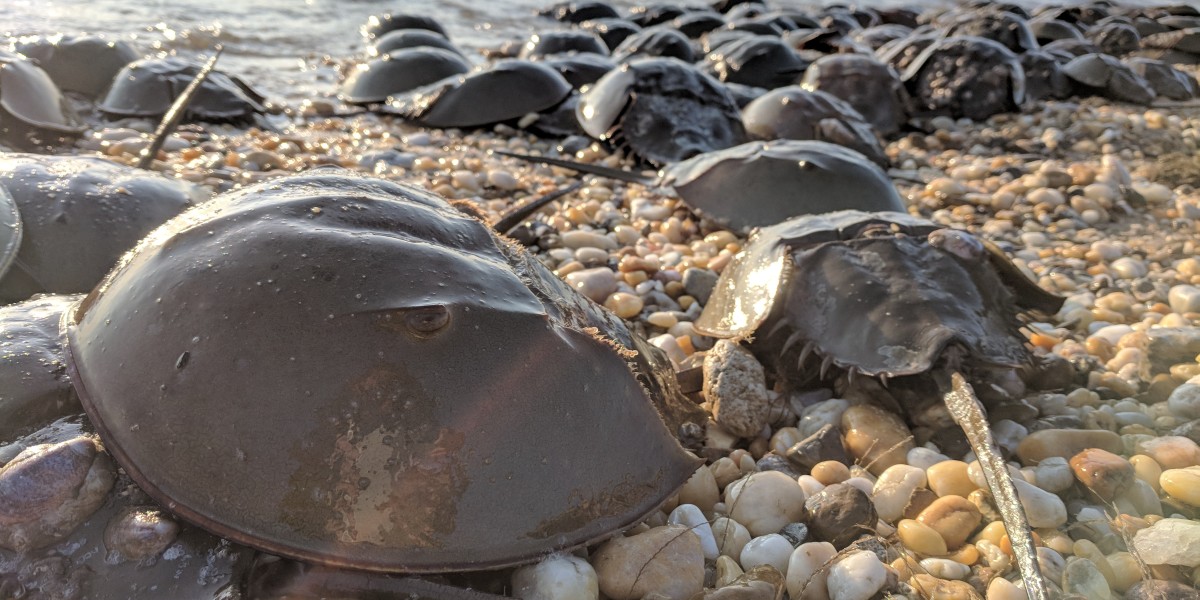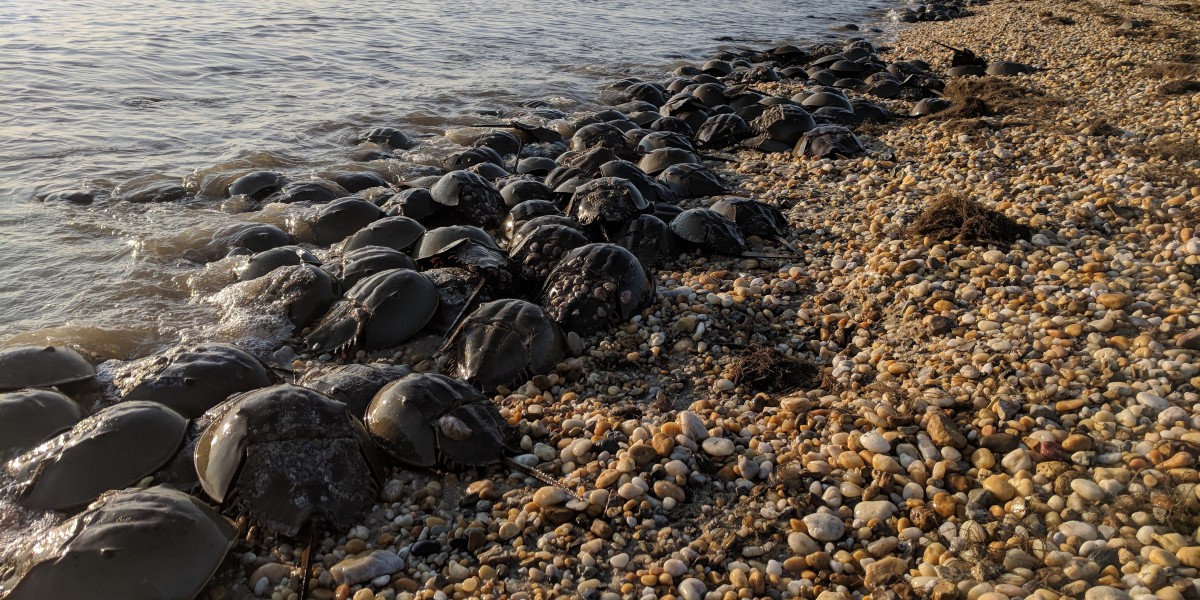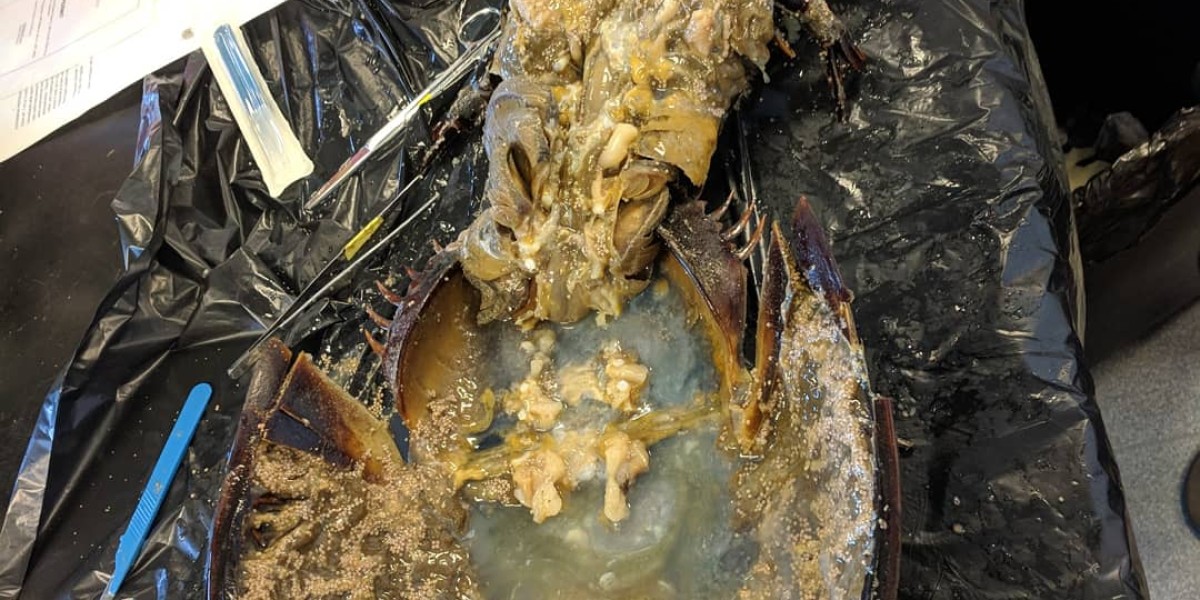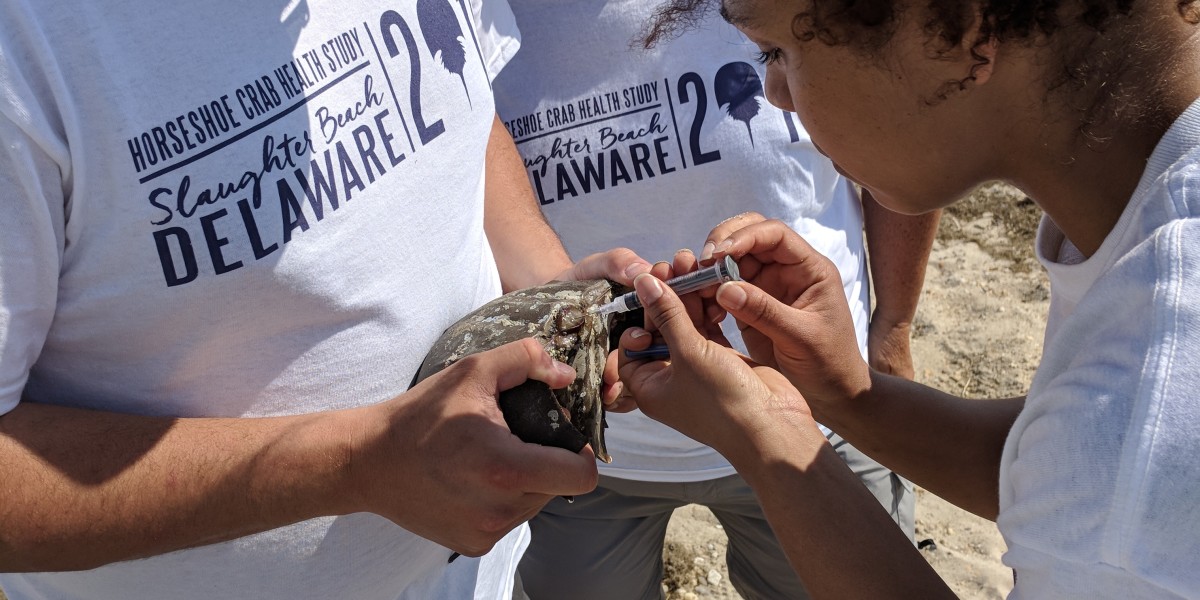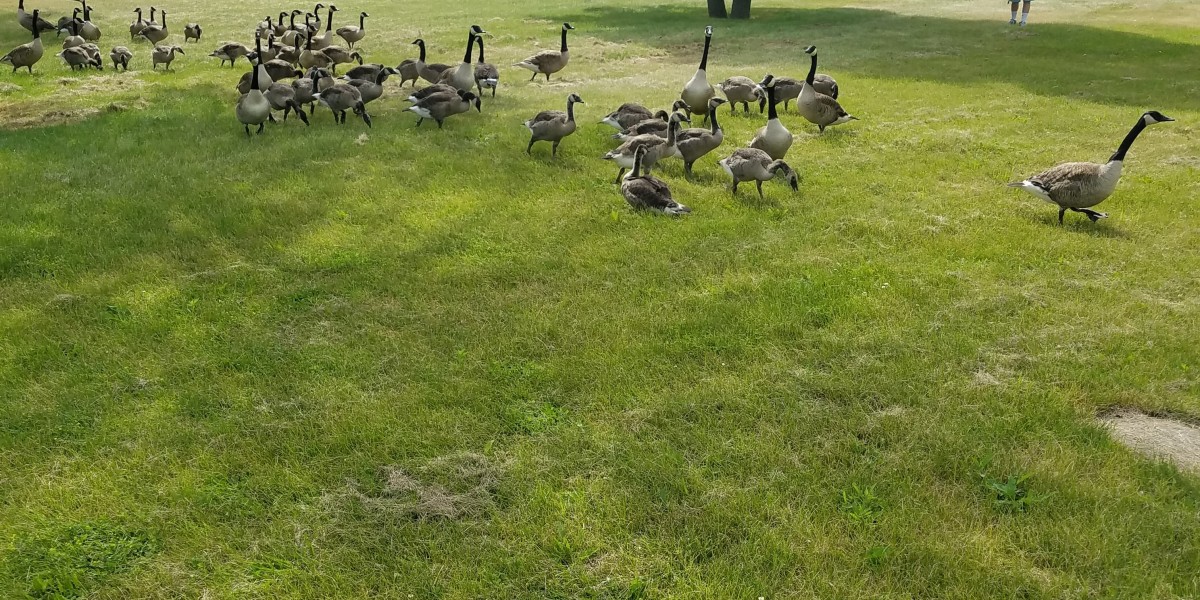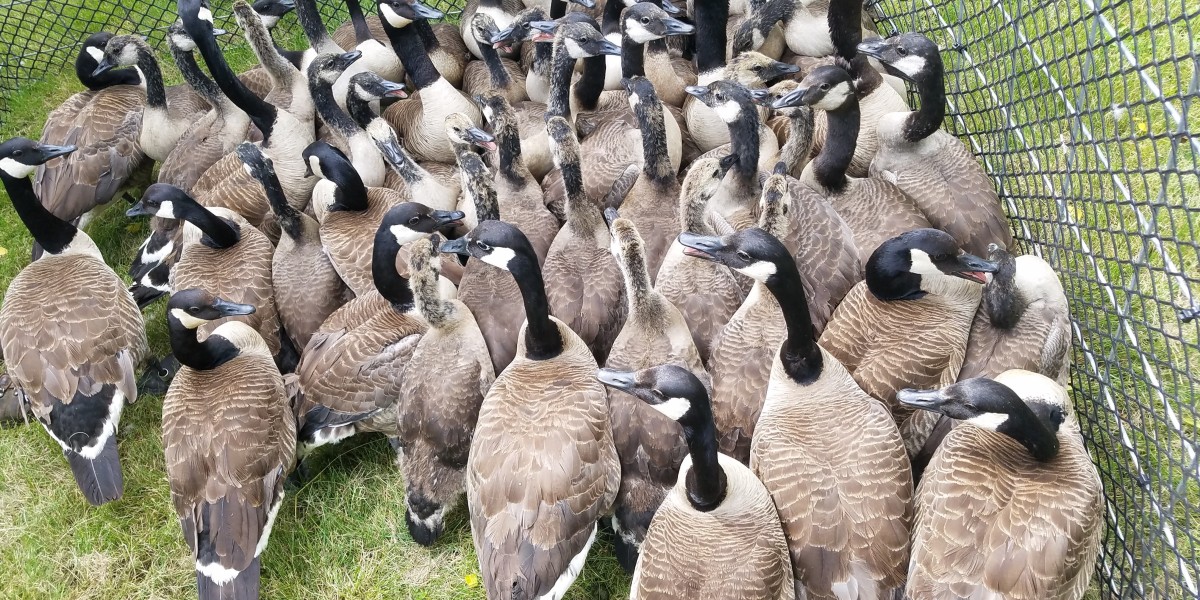Over the years, our veterinary students have been able to partake of some pretty unusual field projects during the summer. They have collared black bears with USGS, tracked timber rattlesnakes with the New York State DEC, investigated feral hog sightings with the USDA and scuba dived to monitor eastern hellbender salamander releases. Whether through our program partnerships or their own creativity, these experiences help to develop the skills and relationships that will further their individual career goals. Read on to find out what our most recent group got to do on their summer vacation.
A visit to the mountains
Mountain caribou are an endangered subspecies of caribou and their numbers are in decline due to several factors including predation. This May, second year Cornell DVM student Bryan Clifford was fortunate enough to help out at Revelstoke Caribou Rearing in the Wild (RCRW) in British Columbia, Canada. Their system of maternal holding pens is designed to give the caribou calves time to grow and get a head start on predators.
Caribou calf receiving milk
With the permission of Dr. Helen Schwantje and the RCRW, Bryan accompanied Dr. Caeley Thacker and the caribou shepherds around the pens. Bryan was able to assist in caribou observation and identification, collaring of calves, field necropsies, emergency immobilization and treatment of cows, and supportive care of an orphaned caribou calf. This was an eye-opening experience showing some of the factors involved in wildlife veterinary work and conservation efforts needed for projects designed to help endangered animals.
A visit to the beach
Their nickname is “the living fossil” because have been around a long time –over 300 million years ago, but horseshoe crabs are classified as near threatened on the east coast due to over-harvesting. They are arthropods more closely related to scorpions and spiders than crustaceans like crabs, and they use copper instead of iron to carry oxygen, which turns their blood blue. Their blood is also valuable for human health because it contains Limulus Amebocyte Lysate (LAL) which is used to test intravenous drugs and medical equipment for the presence of bacteria and bacterial toxins. With over-harvesting and population concerns growing, horseshoe crabs used for blood collection are now being returned to the ocean to improve population numbers.
This summer second year Cornell DVM student Nycole Cole worked on a health surveillance study on horseshoe crabs found on Slaughter Beach, Delaware. Despite their regular use for research, we know very little about their normal blood values or bacterial flora (microbiome). A team under the direction of veterinary pathologist Carol Meteyer took photographs, weights, size, recorded lesion descriptions, and collected samples for blood chemistry and blood cell counts. They also searched for sick or injured animals as evidenced by visible lesions or those that seemed stuck (flipped over on their back) for comparison.
A visit to the lakes of New York
Canada goose populations in the northeast are booming, so keeping accurate data on bird numbers and whether they are staying in NY or leaving during the typical migration season is essential for management. First year veterinary student Rebecca Turcios, along with other citizen scientists, assisted NYS Dept. of Environmental Conservation wildlife biologists in an annual survey of Canada geese.
Every June adult geese lose their flight feathers and regrow them all at once; a process called an eclipse molt. During this 4-5 week period, geese are temporarily unable to fly away! This makes it an ideal time for biologists to collect data. As a training veterinary student, learning proper handling and restraint methods of wild waterfowl is a helpful skill to avoid injury when handling wild birds and it a great opportunity to get more involved in population-level management of wildlife.



